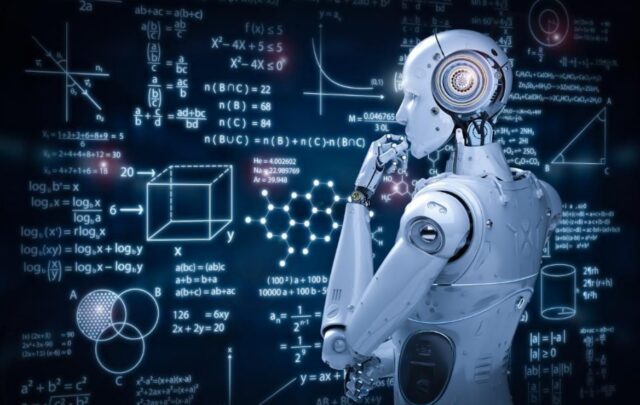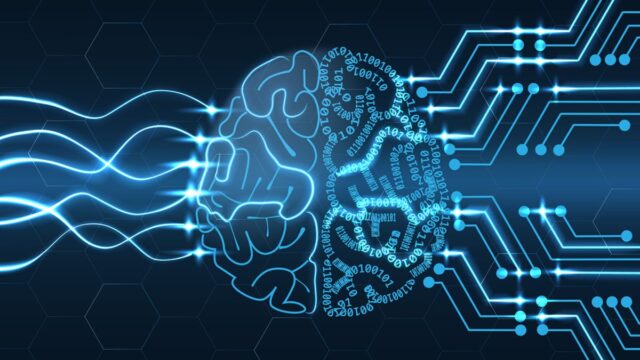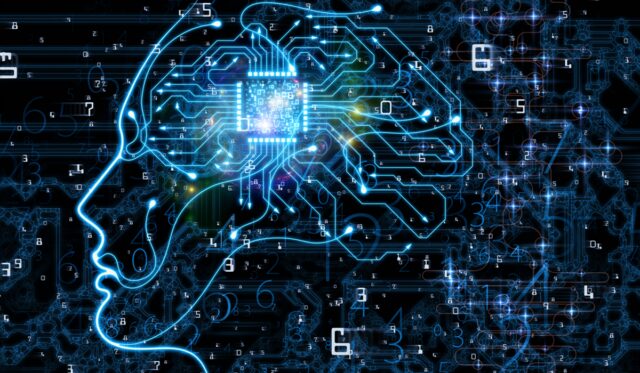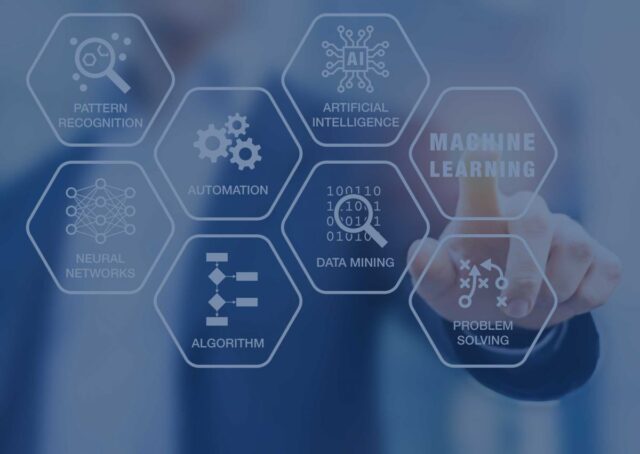
Artificial intelligence (AI) and machine learning (ML) are two buzzwords that are being talked about more and more in business. But what do they actually mean?
Simply put, AI is a technique that can be used to make decisions based on data. ML, meanwhile, is a type of AI that can learn from data and improve over time. Both AI and ML have been used for years by businesses to solve various problems.
For example, AI can be used to identify patterns in large datasets, while ML can be used to train algorithms to make better decisions. As we move into the future, we will see more and more businesses using AI and ML to solve problems.
Explanation of Machine Learning

Machine learning is a subset of AI that is used to make predictions about the behavior of objects or patterns in data. It can be used to solve problems such as predicting customer behavior, understanding text and images, and forecasting events.
In machine learning, the computer is given a set of training data that has been preprocessed in a specific way. This data is then used to train a model using algorithms. The model is then used to make predictions about new data.
One of the most common algorithms used for machine learning is linear regression. Linear regression uses a mathematical model to predict how different variables affect one another. The most common type of linear regression is logistic regression.
Logistic regression uses a formula called the Logistic Function to predict how likely an event will happen. The Logistic Function takes into account several factors, including the probability of an event happening (logit), the effect of an event on another variable (the coefficient), and the size of the event (gamma).
How AI and ML can be Used to Solve Problems

Problem-solving is a critical skill for any individual or organization, and artificial intelligence and machine learning are two of the most powerful tools available for solving problems.
AI can be used to identify patterns in data and make predictions about future events. ML can then be used to optimize those predictions based on past data. This combination can allow businesses and organizations to solve problems more efficiently and effectively than ever before.
For instance, AI can be used to predict how customers will behave in the future based on their past behavior. This information can then be used to create marketing campaigns that are tailored specifically to each individual customer’s needs.
ML can also be used to optimize processes within an organization. For example, ML can be used to find ways to reduce the amount of time it takes employees to complete certain tasks.
By optimizing these processes, businesses can save valuable time and resources that they could otherwise spend on other pursuits. If you are interested in learning more, visit here.
What are the 4 main problems AI can solve?

1. Automating Decision Making
AI can help make decisions more efficiently by identifying patterns in data sets and recommending options based on those patterns. This can save time and money by streamlining the process of making decisions.
2. Insights Into Complex Data Sets
AI can provide deep insights into complex data sets, allowing for the identification of trends and patterns that may otherwise be difficult to see. This information can be used to make better decisions or create new products or services.
Determining correlations in large data sets is one of the most commonly used applications of AI today. By analyzing huge amounts of data, AI has been able to identify patterns that would otherwise have gone unnoticed. For example, by analyzing social media posts, AI has been able to spot terrorist threats before they become related incidents.
3. Aid in the Development of New Services and Products

AI can help develop new services and products by analyzing large data sets and identifying trends that may not have been noticed before. With this information, companies can develop better customer service or devise more efficient marketing campaigns.
In addition to improving existing products and services, AI has also been used to create entirely new ones. For example, by analyzing large data sets of customer behavior, AI has been able to develop new forms of marketing that can be more targeted and effective.
4. Enhancing Human Performance
Artificial intelligence can also help improve human performance by automating tasks that are currently difficult or time-consuming to do manually. Doing this can free up employees to carry out more important tasks and help improve productivity.
Examples of How AI and ML are Used to Solve Problems

One example of this is Google’s DeepMind AlphaGo AI project, which was used to defeat world champion Go player Lee Sedol. The project used AI and deep learning to analyze thousands of games between humans and machines, in order to improve the machine’s ability to understand and play the game.
This approach has also been used in other fields, such as financial analysis. For example, a company may use AI and machine learning to identify patterns in data that indicate fraud or illegal activity. By using this information, law enforcement can better protect citizens and prevent financial crimes from happening in the first place.
How is machine learning used in everyday life?
One common application is recognizing objects in images or videos. By training a machine learning algorithm on large amounts of data, such as images or videos, it can learn to recognize specific objects and make decisions based on that information.
For example, if you wanted your computer to automatically identify all the people in a picture, you would train the machine learning algorithm on lots of pictures of people.

This type of recognition is often used in online services like Google Photos and Amazon’s Rekognition. These services use ML algorithms to detect objects and facial features in photos and videos, respectively. This helps them find things like people’s faces, hats, animals, and plants.
Another use for machine learning is spam filtering. Spammers create emails with seemingly legitimate content but with links that lead to websites hosting malware or other malicious software.
ML can be used to analyze messages and determine whether they are likely to be spam or not. If they are deemed as such, the email can be blocked from being sent or even deleted by users’ email servers.
ML has also been used in fraud detection systems. When someone tries to commit fraud—for example by using stolen credit card numbers—the system may flag the activity as suspicious and send alerts about it to banks and other institutions that may be affected.
Conclusion

With the recent advances in AI and ML, there is a lot of potential for them to be used to solve problems.
This technology has the ability to learn from data and create solutions on its own, which can be incredibly helpful when it comes to solving complex problems or tasks. With all these possibilities, businesses are sure to find many ways to use this technology in the coming years.
So far, we have seen AI being used in areas such as healthcare and manufacturing; we’re excited to see what else will be possible in the future!









